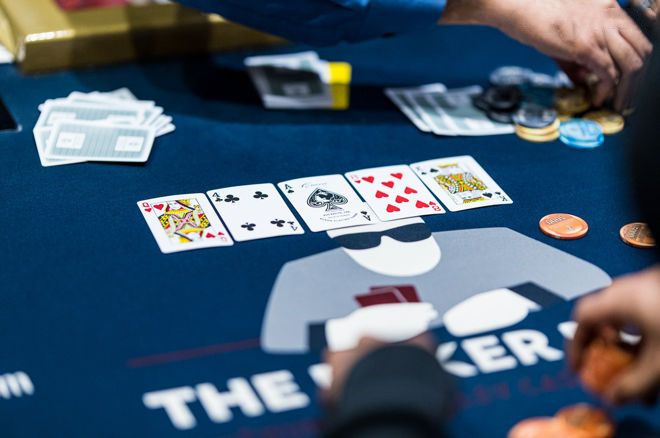Many people make many costly mistakes with a strong hand like AA. By reducing these mistakes, you can win as many
chips as possible from your opponent.

First, slow play preflop (especially against raises)
When you have pocket aces, your best bet is almost always to build the largest possible pot as quickly as possible. This includes raises (if no one raises), 3-bets (if someone raises), and 4-bets (if someone 3-bets). This way, the average pot you win with pocket aces will be larger in the long run.
A warning about slow-playing AA preflop: If your stack is a typical 100BB, this is because the SPR is very low in a 4-bet pot, so it's easy to get into your remaining bankroll after the flop.
Having said that, if your opponent is a player you only want to reraise with strong hands, you'd better go
all-in preflop to make sure all his money goes into the pot. This caveat also applies to other situations where if you call on the flop, your stack-to-pot ratio will be low. Examples of these occasions include:
1. Facing a 3-bet (25-50BB) when short of stacks.
2. Facing a raise when you have a small stack (less than 20BB).

Second, increase your preflop raise size
When a player has a strong hand, they raise a larger size than usual is a mistake I see in online and live poker. While your goal is to play big pots with aces, you should keep your raise size in line with the rest of your range. This consistent approach will make it difficult for you to fight.
For example, let's say you start the night with $15 in a $2/$5 game. Then, you look down at AA and decide to raise to $25. When a careful opponent sees your larger scale, alarm bells may start to ring in their minds.
Seeing your larger raise size makes them more alert, and in response, they tend to fold, and they usually call. They may also decide to call with hands that would normally reraise.

Third, lose often after the flop in multi-way pots
Multi-way pots are another case. The complexity of the situation grows exponentially as more players enter the pot. The reasons are as follows:
1. Your win rate against two opponents is much lower than against one opponent.
2. The more players, the more likely one of them will beat your AA post-flop.
3. The flop pot will be 50% larger than the heads-up pot, which will make it incredibly easy to play big pots.
For these reasons, you have to be willing to make some hard-to-break folds when you see your opponents willing to put large stacks into the pot, especially on thrilling boards.

Fourth, play too passively after flipping
This error is inseparable from error 1. When you flop a strong hand, as you usually do with an ace, you should usually bet quickly to build the pot as quickly as possible.
When you have the opportunity to bet, you can increase the pot size to whatever size you want. Checking cedes that power to your opponent. He can choose to increase the pot with his bet size or not. Usually players bet less often than they call your bet.
Another benefit of betting is that you force your opponent to reveal his hand information. For example, if he calls, you know he has some connection to the board (unless he floats). Try to compare this situation to a situation where both sides check to see if you don't know much about his hand.
It's important to remember that I'm mainly referring to heads-up pots here. In multi-way pots, it is usually reasonable to play passively with Aces on the flop. Then you can consider extracting value on the turn and river.



